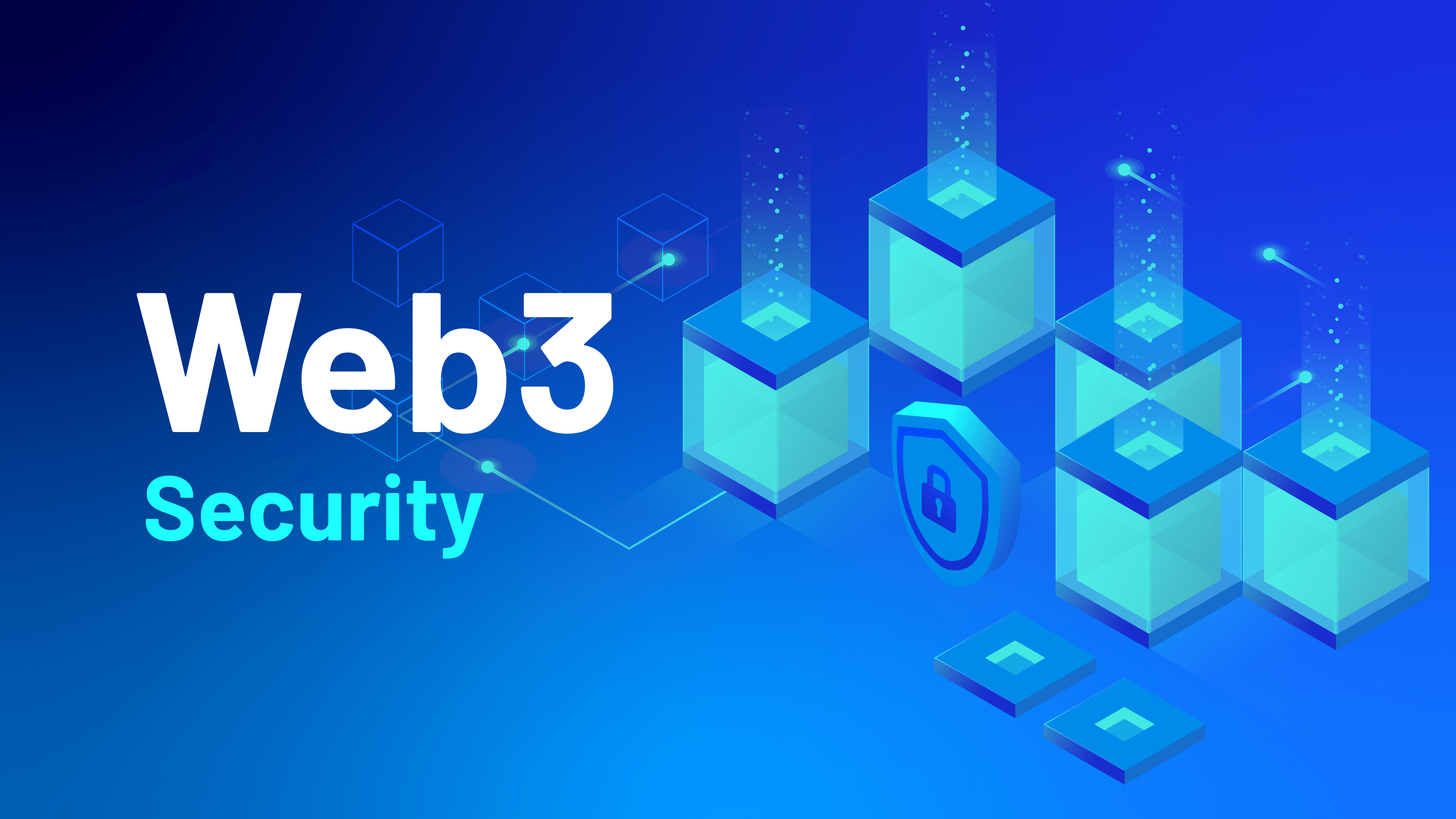
Digital Disruption: What Is It And How Does It Benefit Your Business?
An industry enters a disruption process when there is a profound shift in competition rules driven by a new business model that deploys one or several new technologies, or applies existing technologies to a new sector. For this reason, every disruption is rooted in technology.
Drawing from the concept of disruption, we will cover the type of innovation capable of provoking a disruption in the industry where it is applied, as well as the disruptive technology with the potential of causing disruption.
Although every disruption has some rooting in technology, not all technologies are innovative or have a disruptive effect. Therefore, there is a type of innovation known as incremental that has the goal of optimizing the existing competitive model as well as its client-product/service solution.
For instance, the last iPhone was a disruptive innovative technology when it was first released, as it totally changed the industry rules, but through time it became a merely incremental innovation.
Accordingly, disruption is always rooted in technology, but its impact is not necessarily on a single product, but rather on a given industry or industries.
¿Are the products in your industry disruptive themselves?
No, they aren’t, but are rather vehicles of disruption. Business models leveraged on technologies are capable of disrupting because they define themselves as a change in the industry’s competition structure. Single products don't have that capacity.
With that in mind, change is based on technology, but affects an entire business model and industry.
Digital Disruption And The Future
We invite you to reflect and try to see the future, analyzing how the industry we operate in can be affected in the short, mid and long term by technologies that generate total disruption.
Ultimately, technology doesn’t exist in a vacuum, it’s influenced by the context we live and perform in. For example, eCommerce technology already existed, but the pandemic finished catapulting it by generating an industry-wide change. New work positions popped up and others disappeared, the supply chain was affected and transformed, but for how long? Will the typical eCommerce website as we know it stay alive? Will it suffer only due to incremental innovation or is there already disruptive technology that hasn’t yet become mainstream?
In light of what we’ve discussed, disruption becomes relevant when it alters the competitive paradigm, meaning there are changes in all four of its quadrants
-
Business Model
The business model reflects changes in monetization, cost destruction, (multiple) competitive variables, medium ticket and market share (quantitatively speaking).
-
Client Behavior
The client behavior demonstrates changes in the usage occasion, perceived value, client-product/service relation and market segmentation (quantitatively speaking).
-
Value Chain
Within the value chain, several changes exist in the appearance of new agents, the disappearance of previous agents, shifting roles of participants, shifting gravity in the value chain, among others.
-
Distribution Of Benefits
For this factor, changes arise in the benefits enjoyed by the different agents, with some categories suffering losses and personnel experimenting higher wages.
Future success lies in being cognizant of those emerging technologies, being innovative and taking ownership of the creativity set needed to make innovation disruptive. That is the challenge the specialized Acid Labs team takes on every day.








